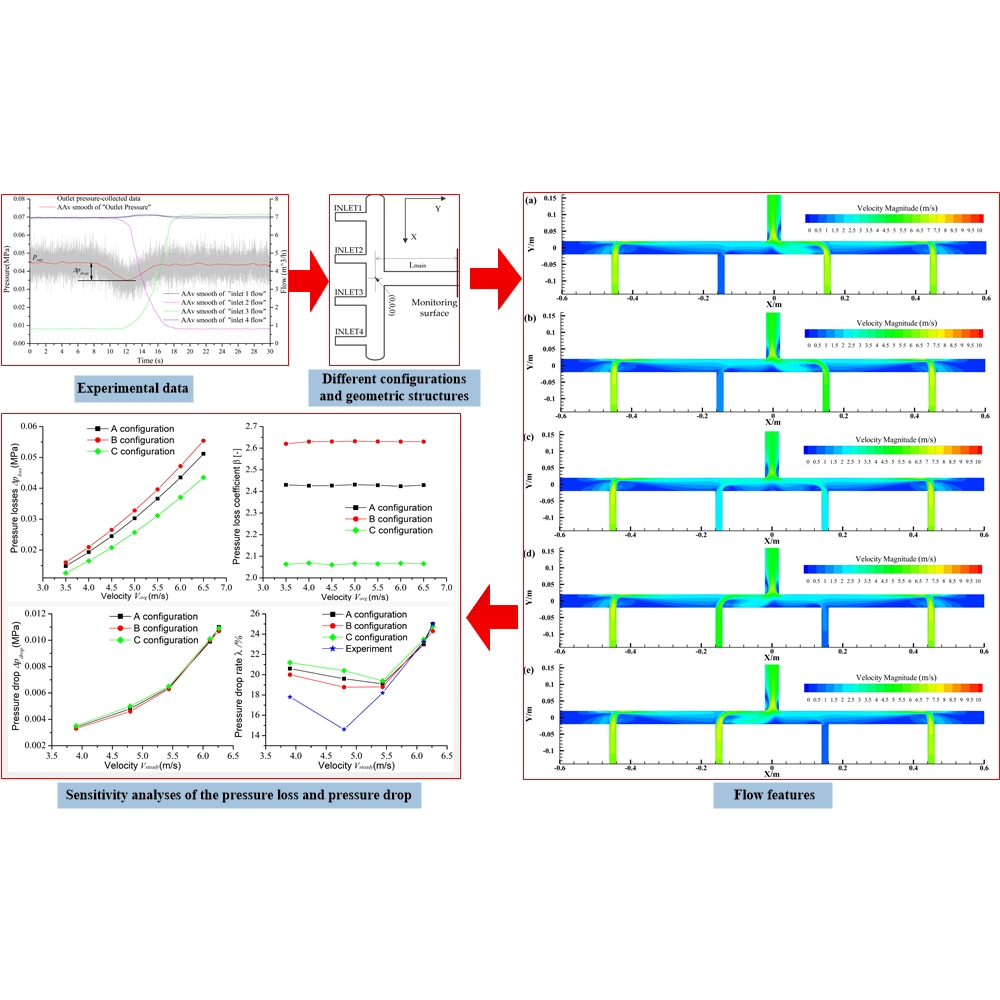

After you have installed Steam, you need a copy of the game bought from Steam. We'll go through few extra steps to properly set up the editor so everything works when we launch it.ĭownload Steam from Valve's Steam website. At the end of the tutorial series, you should be very comfortable in CS:GO Hammer Editor, in order to continue creating your own custom map. Within the next 8 tutorials, we'll go through the basics and a bit of intermediate techniques. So if you have never mapped for Source based game before. If you want to study level design for online multiplayer shooters.

Mapping for a game that I love playing and which I still consider to be the best online multiplayer based gameplay out there. Not because I wanted to get back into playing. The layout, pacing, timing of objectives and choke points.Ĭounter-Strike did this so well, that it requires its own study. But playing one of the best online shooters, did make me very perceptive at multiplayer team based level design. I didn't get much mapping done for Counter-Strike. I've spend considerable amount of time in early 's playing Counter-Strike 1.
#Configuring valve hammer editor 3.5 series#
Like so Enter select them all and open their properties.Counter-Strike series has always been one of those games for me, that set me on the path to level design. Resize the brushes to fit your window Now that you have window inserted, you will need to attach it to the brushes around it so it wont fall off. Like so Prop Window We will start with the easier one. Before starting, recommend creating space to add window. VIDE – Valve Integrated Development Environment You are commenting using your Facebook account. You are commenting using your Twitter account. You are commenting using your Google account. I recommend setting the texture to fit or centre the brush. Once you have selected the glass texture, apply it on both sides of the brush window. This image shows you which work with what, choose carefully. There are also few textures that do not allow the brush to break. Then select the browse button to open the Textures window. Then right click and select create object or hit Enter. I recommend it to be units thick and as high as you want. So select the browse button from right side of the editor to open the Texture window. For this we need to create a brush that will be in the centre and them tie that brush into an entity. You will need to set the Entity 1 to the name of the window which I choose to be wind1. Enter select them all and open their properties. Now that you have window inserted, you will need to attach it to the brushes around it so it wont fall off. Under the info tab search for model that allows physics properties. Double click the entity to open the properties. This will simply require two entity types. This page was last modified on 5 Decemberat We will start with the easier one. Navigation menu Personal tools Create account Log in. Tip: The Status Bar shows helpful coordinates while transforming objects. With each press of the cursor key, another clone will be created in the direction of the nudge. In the 3D view, objects are moved relative to the current camera position. Tip: The cursor "arrow" keys can be used to move objects if the "nudge" option is set in the Hammer 2D Views Options. Digital filters pptįrom Valve Developer Community. Shear mode lets drag the edges of an object parallel to its surface, angling the object.įor example, grab the top edge of a selected object while in shear mode to drag that edge right or left. The status bar shows the current angle of rotation while rotating the object. In rotate mode, grab any corner of a selected object and pull it around to rotate the object into any position desired. The Status Bar shows the current width and height of the object while it is resized. Resize mode allows objects to be resized by grabbing any corner or edge of the selected object and pulling it to the desired size. Objects can be selected and moved in any of the modes. The following image shows the three modes for the Selection Tool. The handles around the selection change to reflect the current transformation mode. Clicking inside the selection box cycles through the three basic transformation modes: resizerotateand shear. This includes both brushes and entities, and groups can contain a mixture of both. Cloning provides a simple way to quickly duplicate an object or group of objects. Move selected objects in 2D views by using the Selection Tool by clicking in the center area of the selection box, and dragging the objects to a new location. The following image shows the creation of a selection box. To select an object, click once on the object in any view window. It is used to selectmoveresizerotateand shear objects. The Selection Tool is used to accomplish a number of things.


 0 kommentar(er)
0 kommentar(er)
